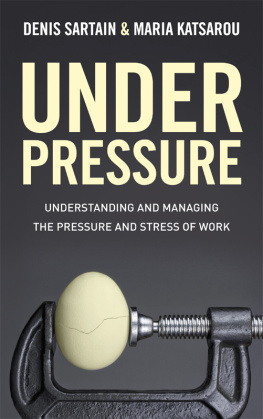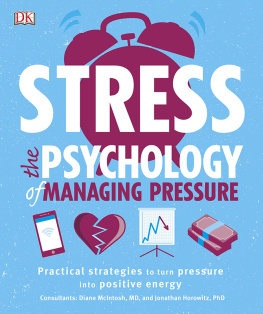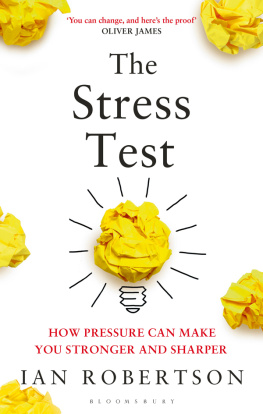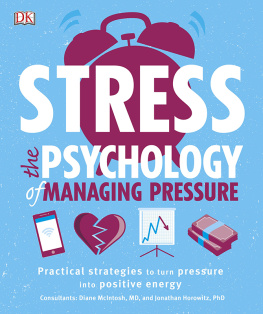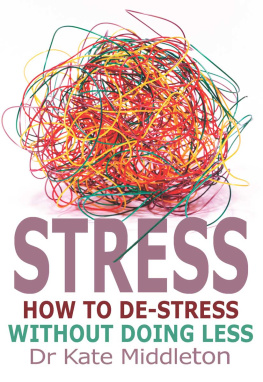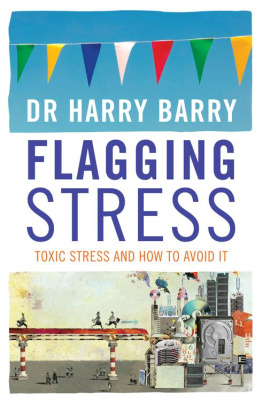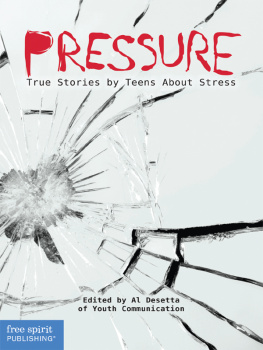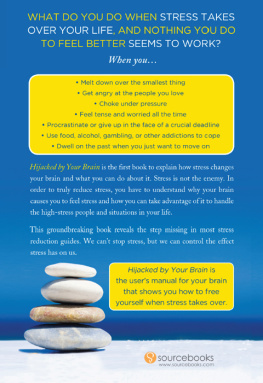Copyright 2011 Denis Sartain & Maria Katsarou
First published in 2011 by Marshall Cavendish Business
An imprint of Marshall Cavendish International
PO Box 65829
London EC1P 1NY
United Kingdom
and
1 New Industrial Road
Singapore 536196
www.marshallcavendish.com/genref
Marshall Cavendish is a trademark of Times Publishing Limited
Other Marshall Cavendish offices:
Marshall Cavendish International (Asia) Private Limited, 1 New Industrial Road, Singapore 536196 Marshall Cavendish Corporation, 99 White Plains Road, Tarrytown NY 105919001, USA Marshall Cavendish International (Thailand) Co Ltd, 253 Asoke, 12th Floor, Sukhumvit 21 Road, Klongtoey Nua, Wattana, Bangkok 10110, Thailand Marshall Cavendish (Malaysia) Sdn Bhd, Times Subang, Lot 46, Subang Hi-Tech Industrial Park, Batu Tiga, 40000 Shah Alam, Selangor Darul Ehsan, Malaysia
The right of Denis Sartain and Maria Katsarou to be identified as the authors of this work has been asserted by them in accordance with the Copyright, Designs and Patents Act 1988.
All rights reserved
No part of this publication may be reproduced, stored in a retrieval system or transmitted, in any form or by any means, electronic, mechanical, photocopying, recording or otherwise, without the prior permission of the copyright owner. Requests for permission should be addressed to the publisher.
The authors and publisher have used their best efforts in preparing this book and disclaim liability arising directly and indirectly from the use and application of this book. All reasonable efforts have been made to obtain necessary copyright permissions. Any omissions or errors are unintentional and will, if brought to the attention of the publisher, be corrected in future printings.
A CIP record for this book is available from the British Library
eISBN 978-981-4346-74-0
Cover design by OpalWorks
Printed and bound in the United Kingdom by CPI William Clowes

To my children Louis and Kiera, who will
enter the workplace armed with the ability to keep things
in perspective, be responsible and
work hard, and help sustain others around them.
Denis
To Alex my brother, Petros my father, and
my mother Lucia.
Maria
CONTENTS
Why there is so much pressure to deal with, why now, and how it escalates
The process of becoming stressed, the symptoms of stress, and the price we pay for neglecting its presence in our lives
How different personality types are stressed by different stimuli, and how self-awareness can be developed
The realities of trying to create a positive, productive workplace
Techniques for mastering your internal condition and your responses to stressful situations
A practical guide to reducing stress on a day-to-day basis
How to prevent stress in your organization, and what to do when it arises
Where to find professional helpfrom financial advisors to HR to doctorsand what they can do for you
How to take charge of, and stay committed to, your lifelong well-being
INTRODUCTION
In our job we see a lot of stressed people. Whether in seminars, courses, clinic settings, or through HR, we have met many bright, ambitious, hardworking people, from all over the world, who reveal to us the pressures and stress they face in the workplace. The pressures stem from many sourcesself-perception, problems with bosses or colleagues, guilt arising from making people redundantand are not confined to the self, but extend to the communities these people operate in.
Over the past ten years, war, natural disasters, and economic fallouts have become more frequent. The year 2009 saw the severest winter in 30 years in the UK; massive snow storms in the United States, resulting in a significant number of deaths; floods in the Philippines; mudslides in Brazil; and huge fires in Greece, Australia and California. In 2010, we have already witnessed the earthquake in Haiti and the devastating floods in Pakistan. The financial crisis produced severe unemployment and hardship for many and seems set to continue to do so as governments worldwide introduce austerity packages to reduce their deficits.
These events affect our mood and sense of reality. While we may not be directly or immediately affected by them, we know that we may well be eventually. We know that there are some things we can do to helphumanitarian aid, environmental protection, etc.and at the same time we also realize that there are things which are beyond our control.
So too with our personal and professional lives. There are things we can affect, and things we cant. However, we arent able to think about these things in as orderly a mannerbecause its personal.
As we go about our daily lives, we have good days and bad days; sometimes we are more successful at dealing with the bad days than others, and some people appear to be better at dealing with pressure than others, while some people simply arent able to cope with pressure at all. The consequences can be devastating.
The people on our pressure-management programmes work incredibly hard in their jobs and are very loyal employees. They attend our programmes to find out how they can manage pressure while trying to maintain their own high standards of work, be more effective with their team mates, and continue to be high contributors to their companys success. Such conscientiousness comes at a price: Those most likely to suffer stress-related illness and complaints are a companys biggest assettheir most conscientious people.
How is this so? Conscientiousness can be defined as the trait of being painstaking and careful. If the following concepts describe you quite accurately then you are probably highly conscientious: self-disciplined; taking care in what you do; thorough; highly organized; tending to think carefully before acting; motivated by achievement; hardworking; reliable.
Thinking about these, rate yourself on a scale of 1 to 10 (1=Low, 10=High) for conscientiousness. People who rate themselves below 5, i.e., those on the less conscientious end of the scale, are less likely to suffer from stress. On all our pressure-management programmes, whether voluntary or prescribed, we hardly ever encounter anyone who rates himself below 6.
So an organizations most conscientious employees are the most likely to suffer from the negative effects of pressure. Luckily the ones we meet are also conscientious enough to take the initiative to manage that stressand you too, by choosing this book, have also taken that step.
This book is about learning to live and work under pressure; or more specifically, it is about managing the negative aspects of pressure, because not all pressure is negative. Some pressures can be extremely pleasurable and rewardingmarriage, relocation, outstanding achievementsand without any form of pressure we might never achieve anything. But even positive pressure, when there is too much of it, can have harmful consequences to the unknowing.
In this book we take the view that individualsonce they understand their own relationship to and capacity for handling pressuremust themselves assume responsibility for managing the challenge it presents, and have the courage to seek advice or guidance if they need to. We believe at the same time that leaders in all organizations must take responsibility for recognizing when someone is feeling overwhelmed to the point of exhaustion or paralysis, and to understand that this is only a response, and not a failing or weakness. We need to encourage a culture that views managing pressure as being as important as servicing a carvital to keep it operating smoothly and reliably.

